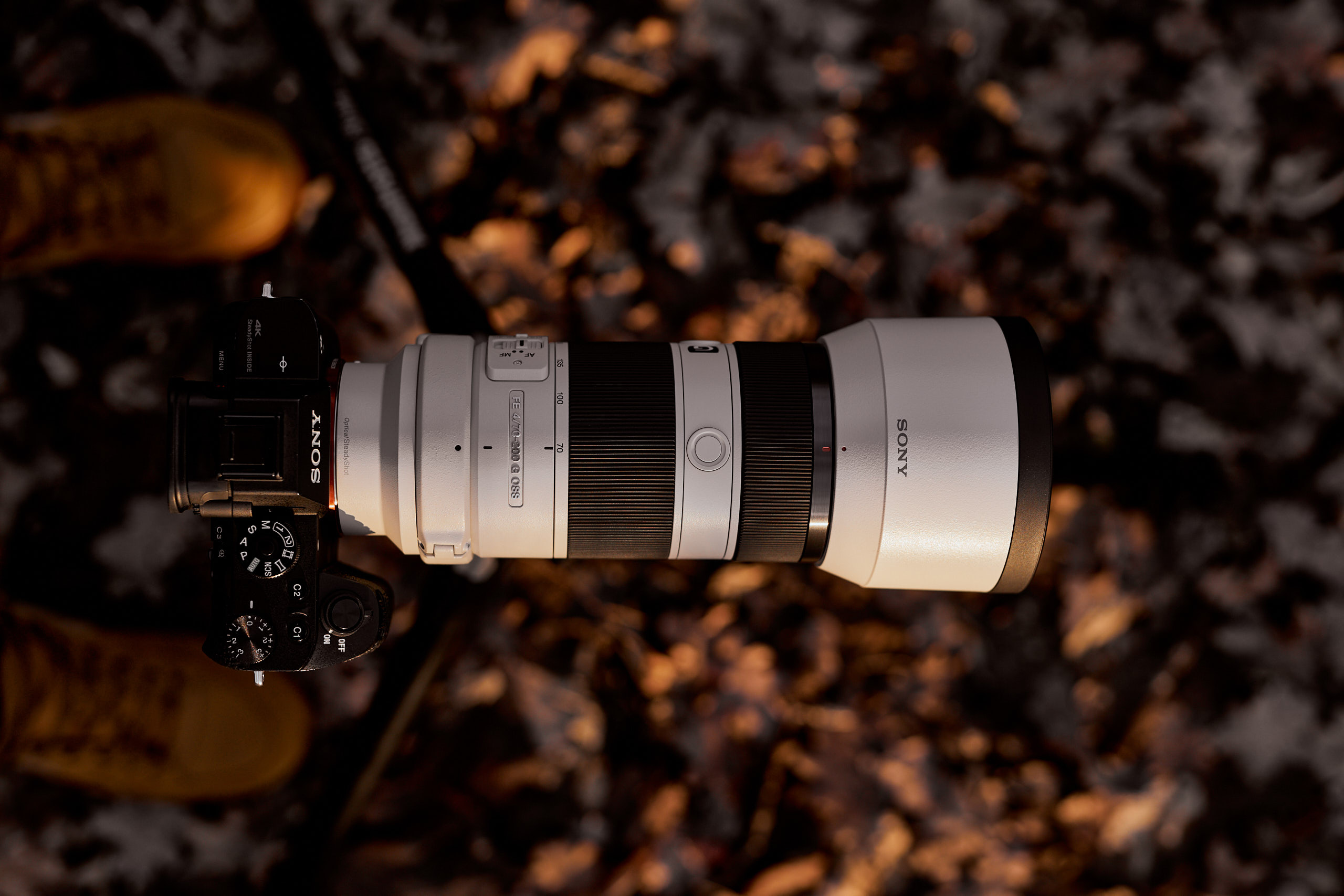18
Sep 2025
Essential Gear for Landscape Photographers
Landscape photography allows us to capture the beauty of nature and invite viewers to explore the world through our lens. But to achieve the best results, having the right gear is crucial. Here’s a guide to the essential equipment every landscape photographer should consider.
1. A High-Resolution Camera
While it’s true that the best camera is the one you have with you, landscape photography benefits greatly from cameras that offer high resolution and excellent dynamic range. A full-frame sensor captures more detail and performs better in low light—perfect for sunrise and sunset shots. Popular choices include the Sony A7 series, Canon EOS R, and Nikon Z series.
2. Wide-Angle and Telephoto Lenses
-
Wide-Angle Lens (16–35mm): Ideal for capturing sweeping vistas and emphasizing foreground elements, which adds depth to your images.
-
Telephoto Lens (70–200mm): Perfect for compressing scenes and isolating distant details such as mountain peaks, rock formations, or wildlife in the distance.
3. A Sturdy Tripod
Low-light conditions are common in landscape photography, especially during golden hour. A solid tripod keeps your camera stable, allowing for long exposures without blur. Look for a lightweight yet durable option—carbon fiber tripods are a great balance of strength and portability.
4. Essential Filters
-
Polarizing Filter: Reduces reflections on water and enhances colors, making skies richer and landscapes clearer.
-
Neutral Density (ND) Filter: Allows longer exposures in bright light, creating smooth effects on water and clouds.
-
Graduated ND Filter: Balances exposure between bright skies and darker foregrounds, preventing blown-out highlights.
5. Remote Shutter Release
A remote shutter release helps prevent camera shake during long exposures. If you don’t have one, your camera’s timer function works as an alternative.
6. A Durable Backpack
Landscape photographers often hike to reach the best spots, so a weather-resistant, comfortable backpack is essential. Look for padded compartments for camera gear, easy-access filter pockets, and sturdy construction. Brands like Lowepro and Peak Design are excellent options.
7. Extra Batteries and Memory Cards
Remote locations often lack power sources. Always carry spare batteries and multiple memory cards, especially if shooting in RAW, which takes up more space. Store your cards in a weatherproof case for extra protection.
8. Protective Rain Cover
Weather can change quickly outdoors. A rain cover shields your camera and lenses from sudden downpours, dust, or mist—especially useful when shooting near waterfalls or rivers.
9. Lens Cloths and Air Blower
Dust and moisture can ruin an otherwise perfect shot. Keep a microfiber cloth and air blower handy to clean your lenses safely. Avoid using clothing, as it can scratch the glass.
10. Portable Power Bank and GPS Device
If you’re exploring remote areas, a portable power bank ensures your camera and phone stay charged. A GPS device helps you navigate back to specific locations and mark spots worth revisiting.
✅ With the right gear, landscape photography becomes more than just capturing a scene—it’s about telling nature’s story in its most breathtaking form.
